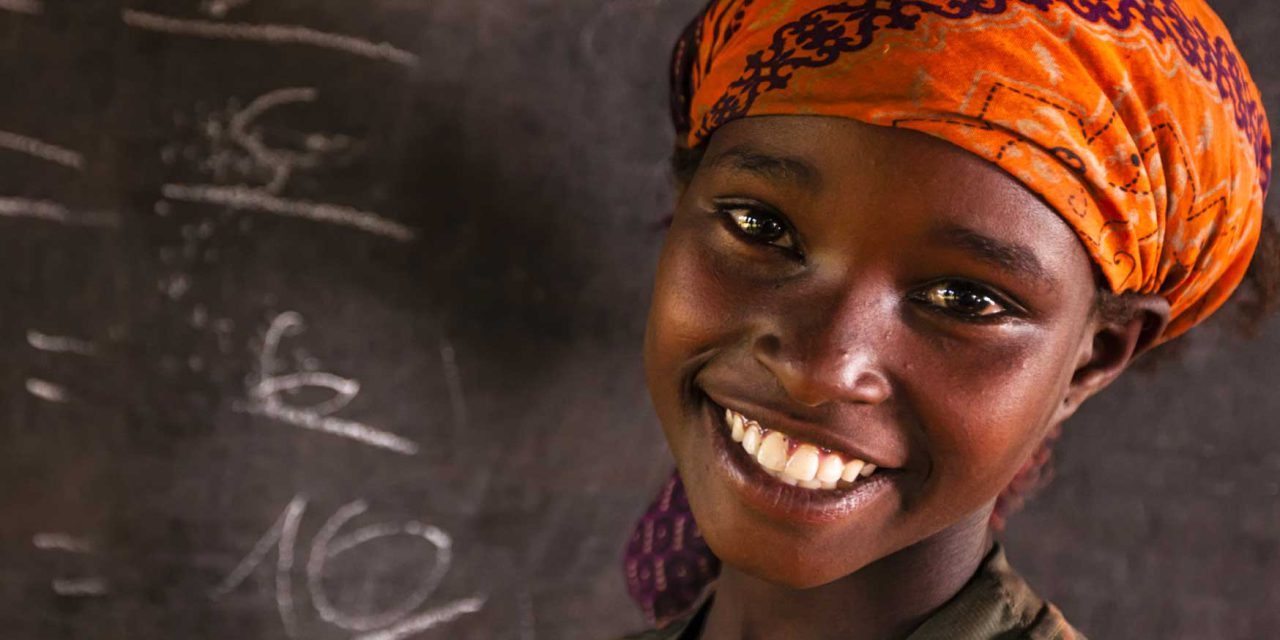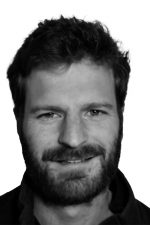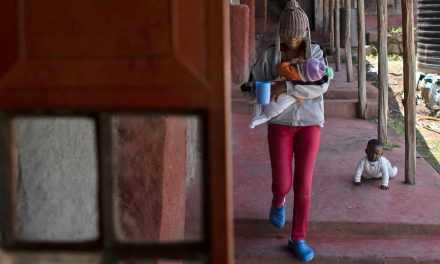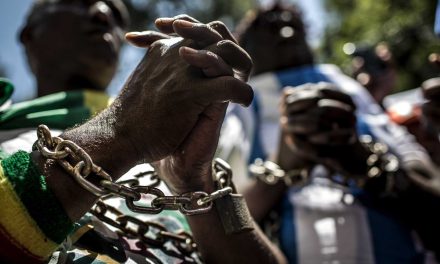Even before Covid-19, sub-Saharan Africa was the region of the world with the most children not in education – with 37 million school-age children out of school before the pandemic. The lockdown measures across the continent have only worsened the problem, with estimates by the United Nations Children’s Fund (UNICEF) that a further 30 million had not returned to school by the end of 2021. Though this figure dropped to 16 million in early 2022, it still meant 53 million children are not in school.
“The dropout rate has been enormous in the region,” says Abhiyan Jung Rana, the regional education adviser for eastern and southern Africa at UNICEF. This increased dropout rate has significantly affected girls more than their male counterparts, with one study in Kenya, commissioned by the Presidential Policy and Strategy Unit (PASU) and carried out by the Population Council, finding that after school reopened in February 2021, the female dropout rate since Covid-19 began was double for girls, at 16%, than for boys, at 8%. Another survey, conducted among 515 girls in South Africa, found that more than 50% of them were unable to continue with in-person education.
There are many reasons why girls are less likely to return to school than boys after the pandemic, but they mostly revolve around gender economics. In families across the continent, male education “tends to be prioritised”, says Dr Zoe Duby, a qualitative specialist scientist at the South African Medical Research Council, who worked on the South African survey and spoke specifically about that context. UNICEF’s Rana added that “deep-rooted gender norms need to be engaged” as “addressing the pandemic recovery needs to be specifically focused on girls”.
As families across the continent faced tough economic times due to the pandemic, the greater burden in the home fell to girls, who took on childcare and other duties to support the household. “Young women who were unable to come back to school … were generally in houses that experienced more hunger,” says Duby of the findings of her South African study.

Aside from dropping out, other risks increased for girls; teenage pregnancies and underage marriages spiked dramatically during the pandemic and the lockdown, as noted by governments across Africa. UNICEF’s Rana added that “two million additional cases of female genital mutilation (FGM) are predicted because of Covid”.
Kenya’s Ministry of Health found that 328,000 teenage girls got pregnant during the first year of the pandemic, while the study by the Population Council, which interviewed 3,921 adolescents, 72% of whom were girls, found that there were about 100,000 early marriages. The survey found that 16% of the girls married stated they wouldn’t have wed if it wasn’t for the pandemic, while 24% said it wasn’t their choice to be married. These figures would not be unique to Kenya.
In South Africa, meanwhile, underage marriage isn’t as prevalent but teenage pregnancy is a problem, often a result of unhealthy “blesser-style” or transactional relationships, whereby a young woman or teenager dates an older, richer man for economic benefit.
“Engaging in a relationship with someone who can provide for you materially is seen as acceptable, so maybe young women are less incentivised to get an education to finish school if they have these other sources of economic material support. That’s something we’ve seen as well,” says Duby.
The start of the pandemic also saw a dramatic increase in domestic abuse and gender-based violence (GBV), disproportionally affecting girls and young women. Across the East African Community (EAC) countries, the ministries for gender reported a 48% increase in GBV cases reported to the police over the period, while Liberia saw a 50% increase in the first six months of lockdown and in the Central African Republic (CAR), there was a 69% spike in injuries reported by women and children – as well as a 27% increase in rape.
In Egypt, there was a 19% increase in violence against family members, according to a UN Women Egypt survey, which found that 11% of women in the country had been exposed to violence in the first week of lockdown. In South Africa, there was a 37% increase in GBV reported to the police that week, compared with the 2019 average. As these figures demonstrate, the increase in violence against women and girls affected all parts of the continent.
But the difficulties faced are not limited to those that can be quantified; mental health is another. “Schools are not only spaces of education, but they’re also places of receiving psychosocial support,” explains Duby. “That’s another area that came out very strongly in our research.” Her study also recommends greater support and capacity for teachers and communities to ensure that girls and young women can return to school and get the help they need to continue their education.
This is a sentiment shared by Rana, who argues that countries need to be better prepared to handle a similar level of educational disruption, adding that across the region, domestic spending on education needs to increase to 20% of gross domestic product (GDP), up from the 15-16% it is currently in most countries.
He agrees that greater engagement with teachers, schools, and the wider community is needed, given that post-Covid-19 recovery needs to focus on girls. Pro-girl policies, Rana believes, need to be prioritised, including support for high school girls in their menstrual cycle, as well as feeding programmes that enable girls to take food back to family members in households that have been hardest hit by the pandemic. Rana also points out that UNICEF is looking to strengthen the community’s role in education and mental health support at school, to further encourage returns to classrooms.
These, of course, all take funding. International bodies such as the G7 have recognised the problem and are looking to avert what could be a pending crisis. The group last year pledged $15 billion in finance to help women in developing countries access jobs and respond to the economic impacts of Covid-19, and to get 40 million more girls into education by 2026, which is still fewer than the total number of children out of education in Africa alone.
“Supporting women and girls is a top objective in our International Development Strategy and we will prioritise spend, which is vital to preventing delays to accessing primary education,” a spokesperson for the UK’s Foreign, Commonwealth and Development Office (FCDO) told Africa in Fact. “Final aid prioritisation decisions will be guided by the International Development Strategy.”
Yet only primary education is mentioned as a UK focus of global education funding. As the UK is looking to slash its foreign aid budget from 0.7% of GDP to 0.5%, questions have been raised about its commitment to girls’ education beyond the primary level, and therefore its contribution to this $15 billion. Will this be new funding or just reallocated from existing global education aid contributions? The spokesperson failed to address these concerns, and other G7 countries also face these economic considerations as the world economy struggles to rebound from the impact of Covid-19.
Girls’ and young women’s education – in an already unhealthy position – has suffered a tremendous shock from the pandemic, and
for it to recover, support and prioritisation are needed at every level, from communities and schools themselves to government and the international community.
Joe Walsh is a freelance journalist based in Johannesburg. He writes about the environment, energy and the green economy as well as politics and society for British publications, including Environmental Finance, the New Statesman and The New European.














